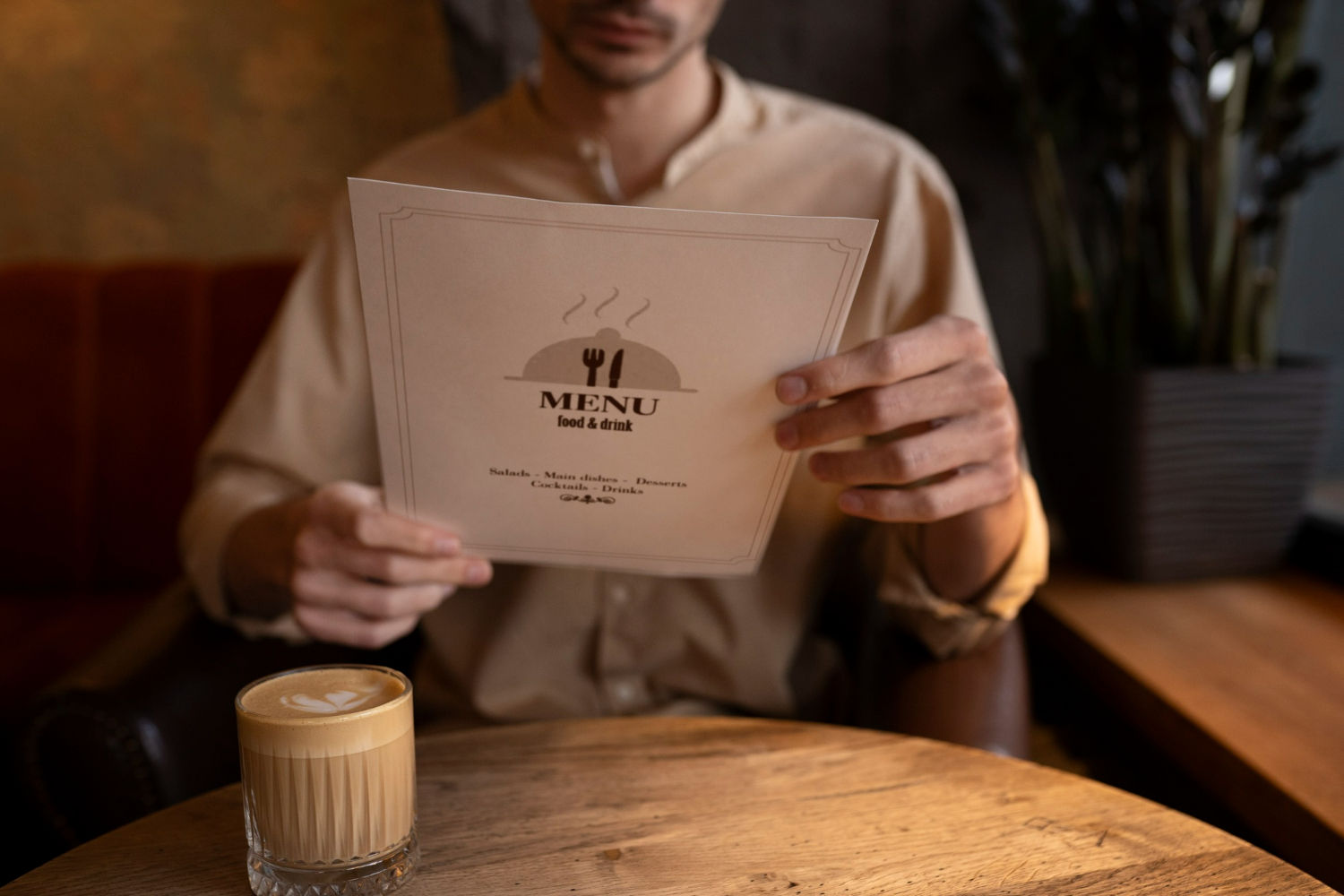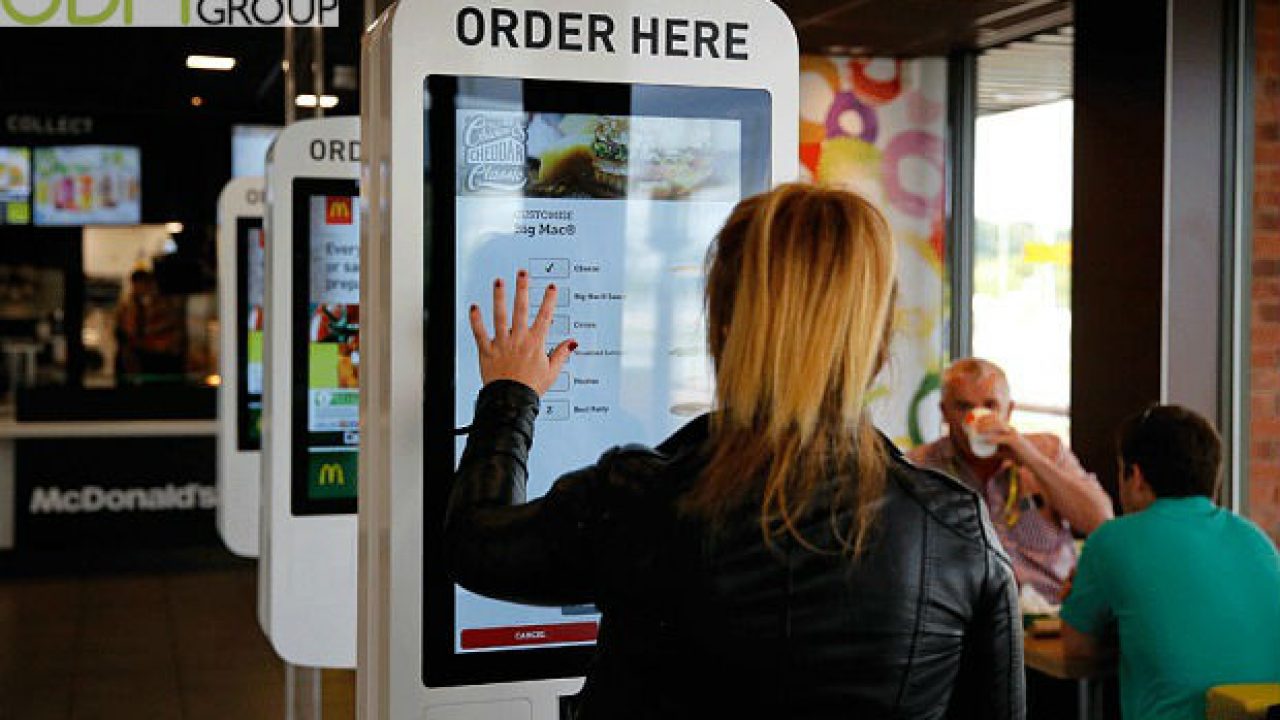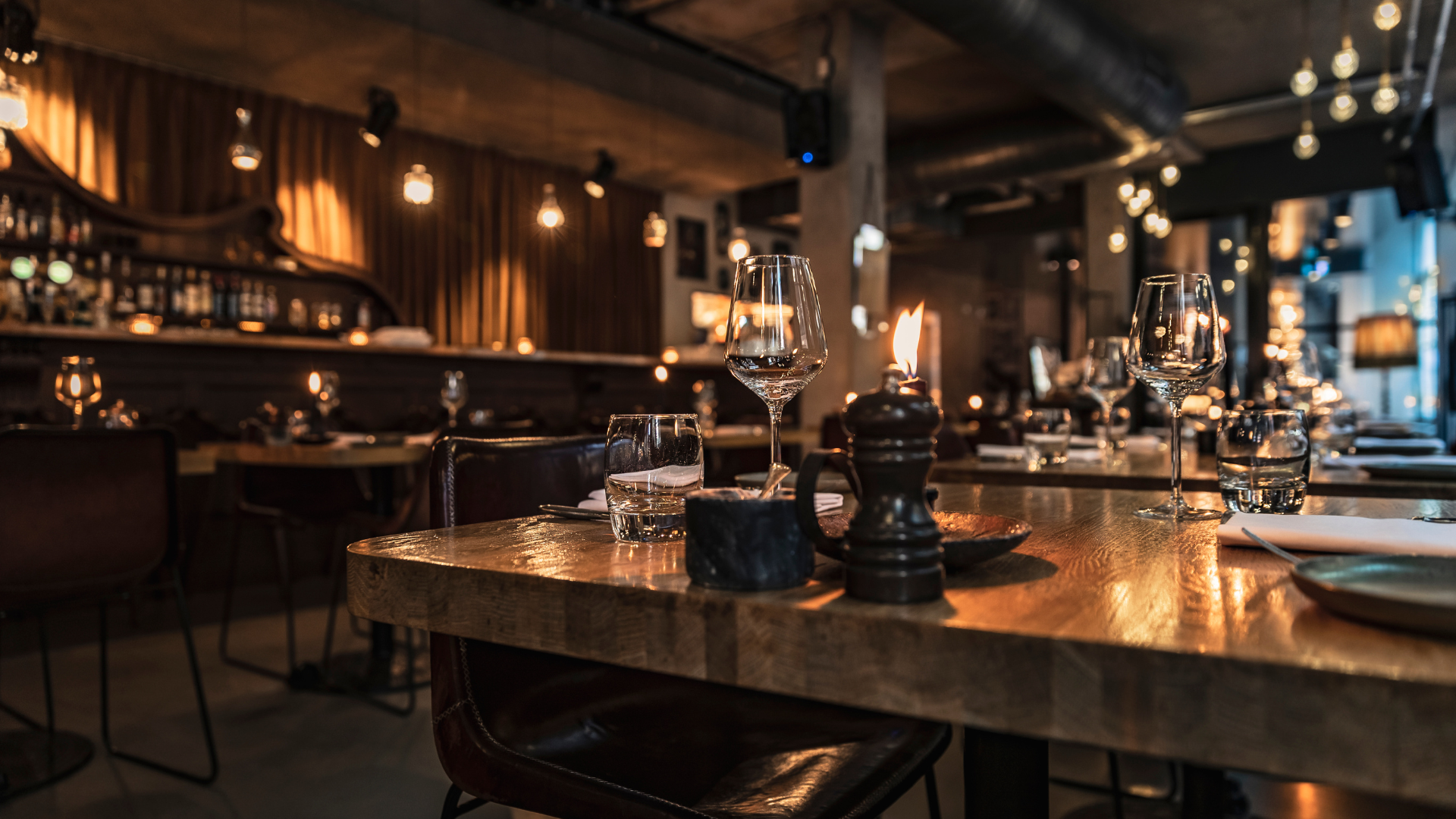The design of a restaurant’s menu can significantly influence customer choices and dining experience. It’s not just about listing dishes; it’s about using psychological tactics to guide customers towards certain items and create a memorable dining experience. Understanding how visual elements, descriptions, and layout can affect decision-making is key to creating an effective menu.
Before diving into the specific tips for menu design, there are several crucial factors to take into account that set the foundation for an effective menu:
- Understanding Your Audience: Know the demographics and preferences of your customers. Are they families, young professionals, or health-conscious individuals? This understanding will guide the style, language, and type of dishes you highlight.
- Brand Consistency: Your menu should reflect the overall brand and theme of your restaurant. Whether it’s elegant, casual, ethnic, or modern, the design and language of the menu should align with your brand identity.
- Menu Size and Complexity: Consider the size of your menu. A too extensive menu can be overwhelming for customers and difficult for the kitchen to manage efficiently. Conversely, a too limited menu might not offer enough variety.
- Culinary Trends and Dietary Needs: Stay informed about current culinary trends and common dietary requirements, such as vegetarian, vegan, gluten-free, or low-carb options. Incorporating these trends and needs can broaden your appeal.
- Pricing Strategy: Determine how you will structure your pricing. It should reflect the cost of ingredients, the target profit margin, and market competition, while also considering what your target audience is willing to pay.
- Operational Efficiency: Ensure that your menu design is operationally feasible. The dishes should not only be profitable but also practical to prepare and serve given your kitchen’s size, equipment, and staff skill level.
- Legal and Ethical Considerations: Be aware of any legal requirements related to food labeling and allergen information. Ethical considerations, such as sustainability and sourcing practices, can also be important to your clientele.
Taking these factors into account ensures that the menu design process is grounded in a strategic understanding of your restaurant’s unique context, audience, and operational capabilities. This approach lays the groundwork for creating a menu that is both appealing to customers and effective in driving your business’s success.
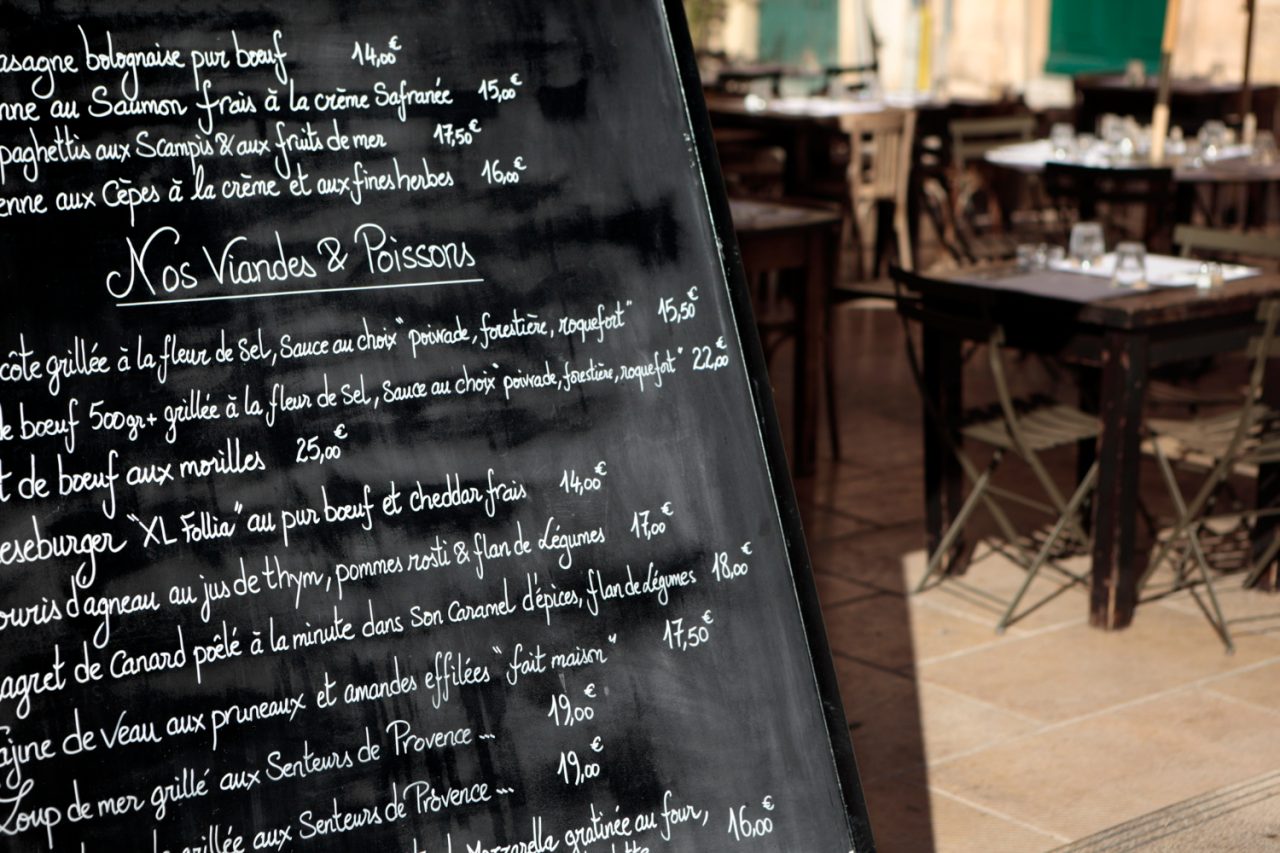
Visual appeal and layout
The first aspect of menu psychology is its visual appeal and layout. A well-designed menu is not only pleasing to the eye but also easy to navigate. Use of colors, fonts, and images should align with your restaurant’s theme and brand. The layout should guide customers through the menu in a logical way, highlighting signature and profitable dishes.
Here’s a guide on how to effectively use these elements:
Colors
- Understand Color Psychology: Different colors evoke different emotions. For instance, red and yellow are known to stimulate appetite, while blue can be less appealing for food. Green often indicates freshness or healthiness.
- Brand Alignment: Ensure the colors used on your menu align with your restaurant’s branding. Consistency in color scheme across all marketing materials creates a cohesive brand experience.
- Visibility and Contrast: Use colors that make your menu easy to read. High contrast between the background and text (like black on white) enhances readability, especially in dimly lit settings.
Images
- High-Quality Photos: Use high-resolution images that accurately represent your dishes. Appealing food photography can entice customers and set expectations.
- Balance and Relevance: Don’t overcrowd your menu with images. Balance text and visuals. Ensure the images are relevant to your dishes and add value to the menu.
- Cultural Considerations: Be mindful of the cultural context of your food and audience. The imagery should respect and reflect the cuisine and ethos of your restaurant.
Fonts
- Legibility: The most important aspect of font selection is legibility. Avoid overly stylized fonts that may be hard to read. Classic, clean fonts usually work best.
- Font Size and Hierarchy: Use different font sizes and styles (bold, italic) to create a hierarchy. Headings, dish names, and prices should be distinguishable at a glance.
- Font Personality: The font should match the personality of your restaurant. A formal dining establishment might opt for elegant, serif fonts, while a casual café might use a more relaxed, sans-serif font.
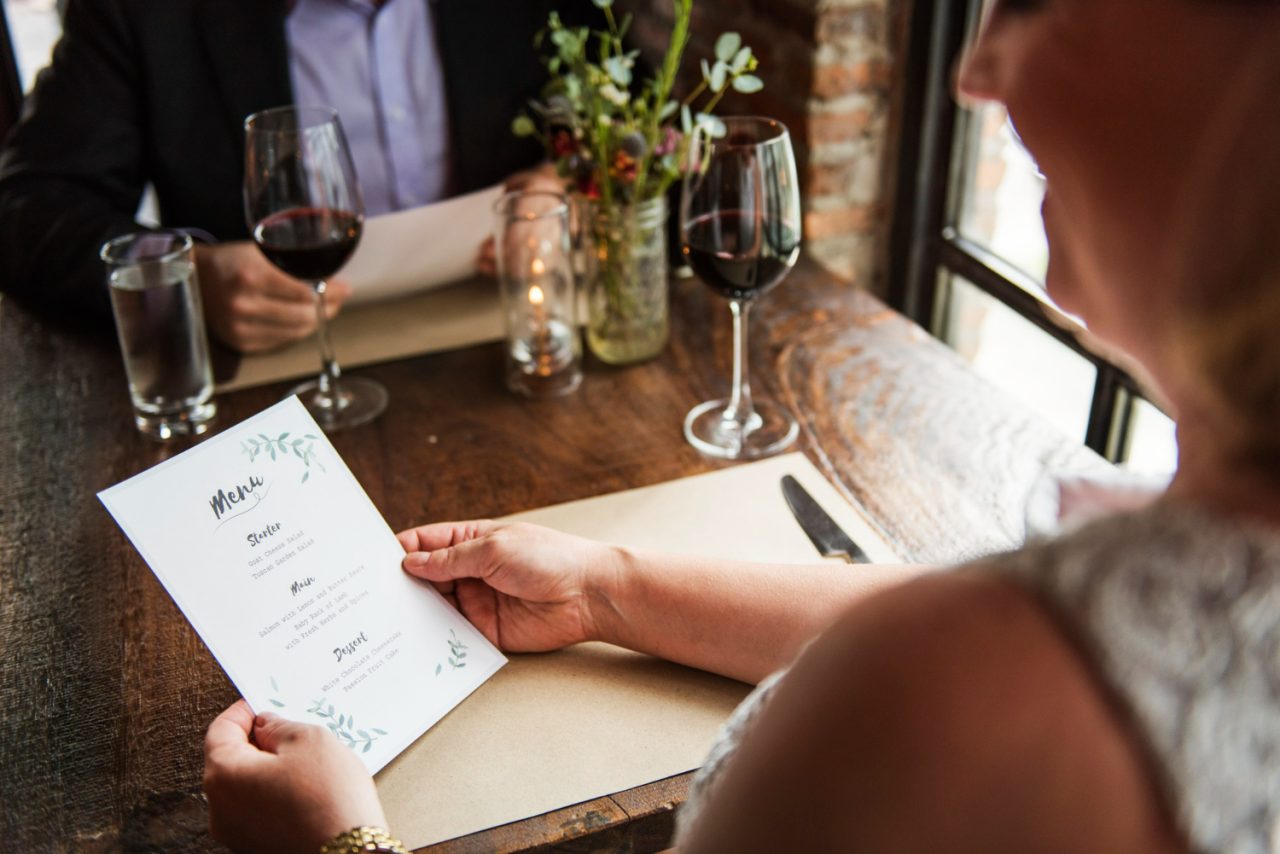
Descriptive and enticing language
How you describe your dishes can greatly influence customer choices. Descriptive and appealing language can make a dish sound more enticing. Terms that evoke taste, smell, and texture can stimulate the senses, making the dish more appealing. However, it’s important to balance creativity with clarity to ensure customers understand what the dish entails.
Do’s:
- Use Sensory Words: Include adjectives that describe taste, texture, and aroma, like ‘crispy’, ‘succulent’, or ‘aromatic’. This helps to paint a vivid picture of the dish.
- Be Specific: Provide clear details about the dish. For example, instead of just ‘fish’, specify ‘grilled salmon’.
- Highlight Unique Ingredients: If a dish contains a special or unusual ingredient, make sure to mention it. It can pique interest and justify a higher price.
- Tell a Story: If there’s an interesting story behind a dish, like a traditional recipe or a local ingredient, include it briefly. This adds depth and connection.
- Keep It Accurate: Ensure that the description matches the dish perfectly. Misleading descriptions can lead to customer dissatisfaction.
Don’ts:
- Overuse Jargon: Avoid overly complicated culinary terms that might confuse the average customer.
- Make It Too Lengthy: Long, overly detailed descriptions can overwhelm and bore the reader. Keep it concise.
- Be Misleading: Never exaggerate or make false claims about a dish. Honesty is key to customer trust.
- Neglect Dietary Information: If a dish is vegan, gluten-free, or contains allergens, this should be clearly stated.
- Ignore Brand Voice: Don’t stray too far from your restaurant’s overall tone and style. The descriptions should reflect your brand’s personality, whether it’s sophisticated, quirky, or rustic.
Remember, the way you describe your dishes plays a significant role in the dining experience. Striking the right balance between enticing and informative can turn a simple menu into an engaging and effective sales tool.
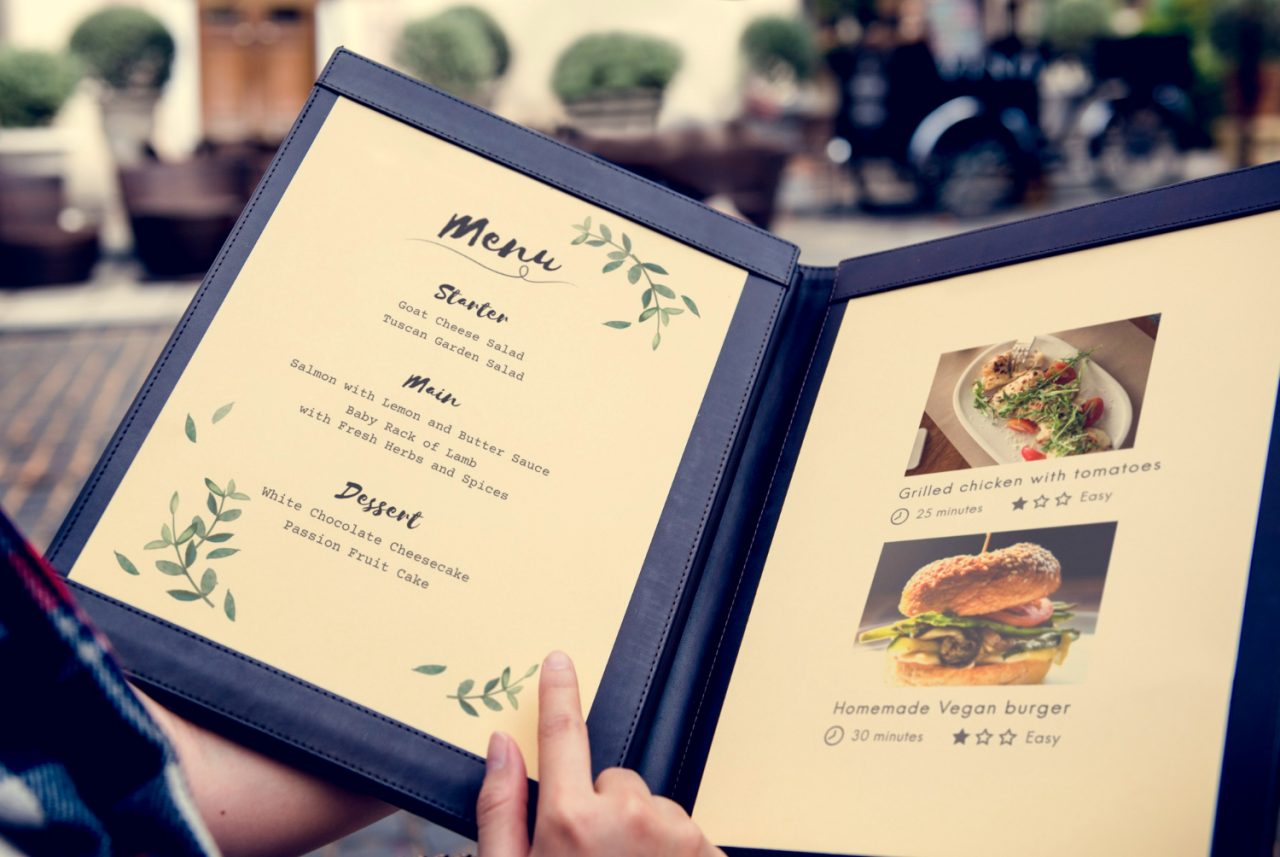
Strategic placement of items
The placement of items on the menu also plays a crucial role. Research shows that customers often focus on certain areas of the menu first, so placing high-profit or signature dishes in these spots can increase their chances of being ordered. Grouping items in a way that makes sense and using boxes or other visual elements to highlight certain dishes can also be effective.
Pricing strategies
Pricing is another critical aspect of menu psychology. How prices are presented can impact perception. For instance, removing currency symbols or rounding off prices can make a dish seem less expensive. Offering a range of price points can also cater to different budgets, making the menu appealing to a wider audience.
Leveraging the decoy effect
The decoy effect is a psychological tactic where a less attractive item is placed next to a more expensive item, making the latter seem more appealing. This can be used to steer customers towards higher-profit dishes.
Conclusion
The art of menu design is a blend of psychology, marketing, and culinary expertise, each playing a vital role in influencing customer choices and enhancing the dining experience.
From understanding your audience and ensuring brand consistency to the strategic use of colors, images, fonts, and descriptive language, every element of your menu serves a purpose. It’s about guiding customers through a thoughtfully crafted journey, highlighting signature dishes, and creating a sensory experience through words and visuals. Additionally, pricing strategies and item placement are key in subtly directing customer choices towards profitable options.
As we’ve explored, effective menu design is not just about aesthetics; it’s a powerful tool that can significantly impact the success of your restaurant. By implementing these strategies, you can create a menu that not only looks appealing but also drives sales and leaves a lasting impression on your customers.
